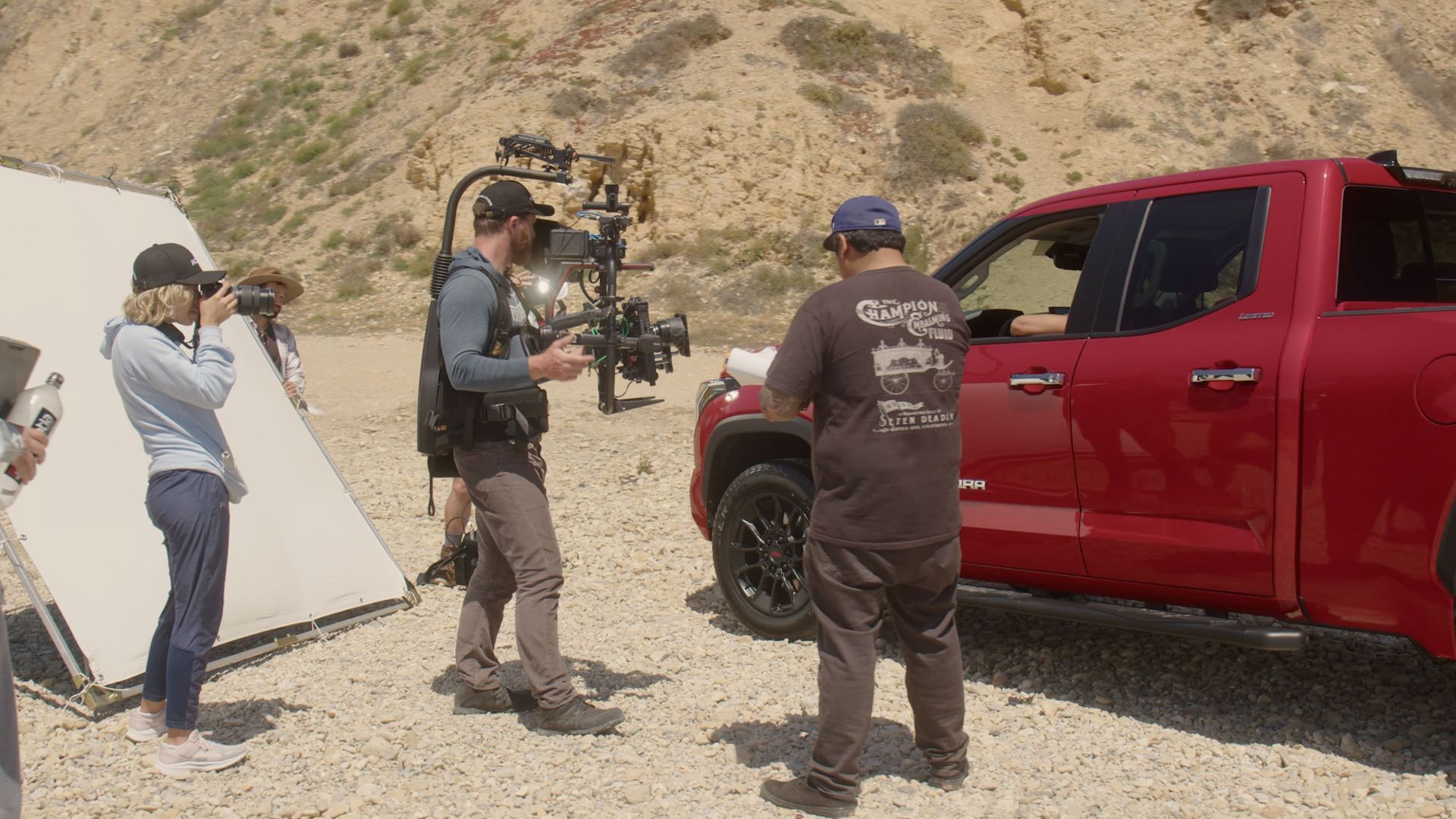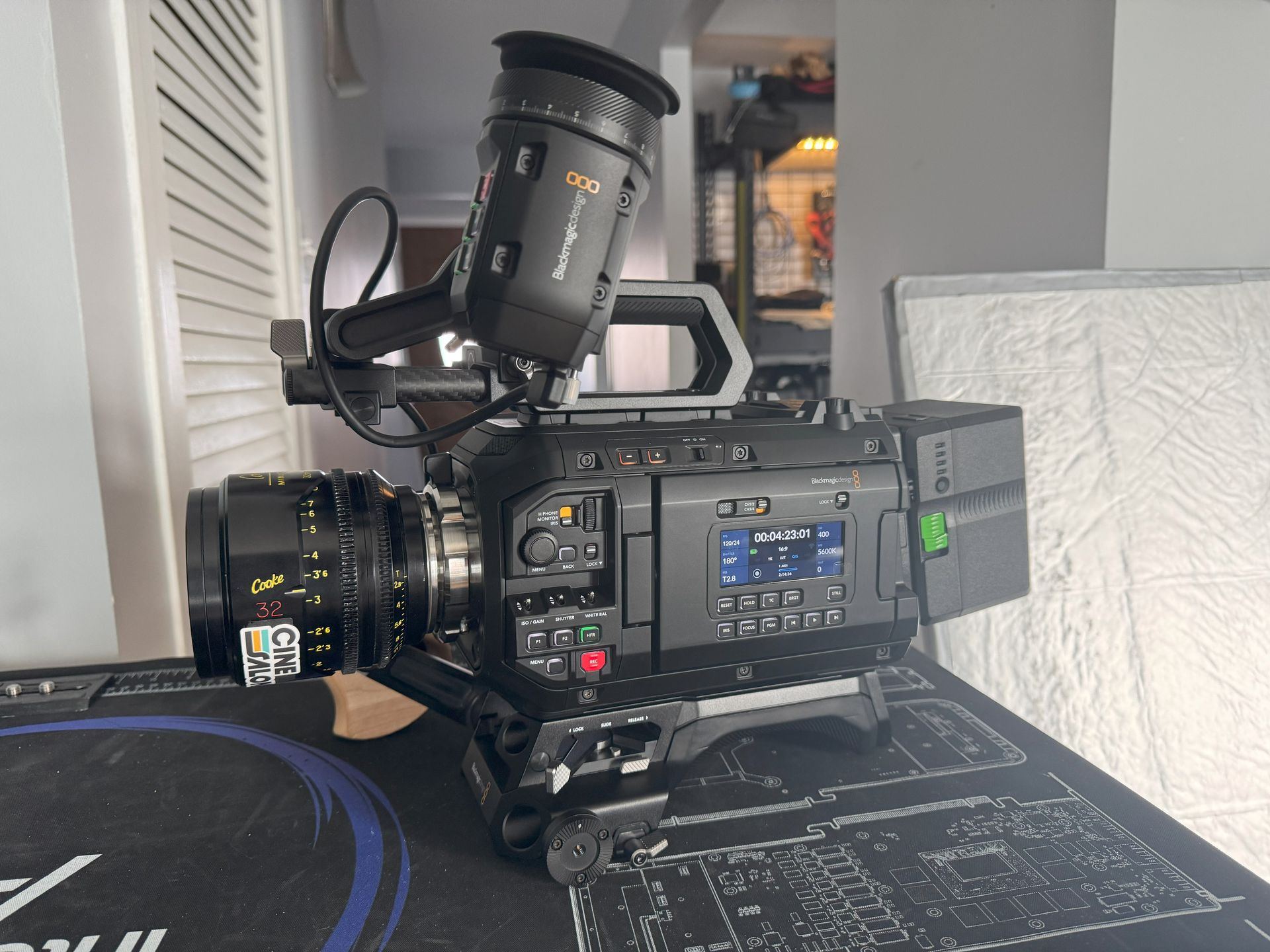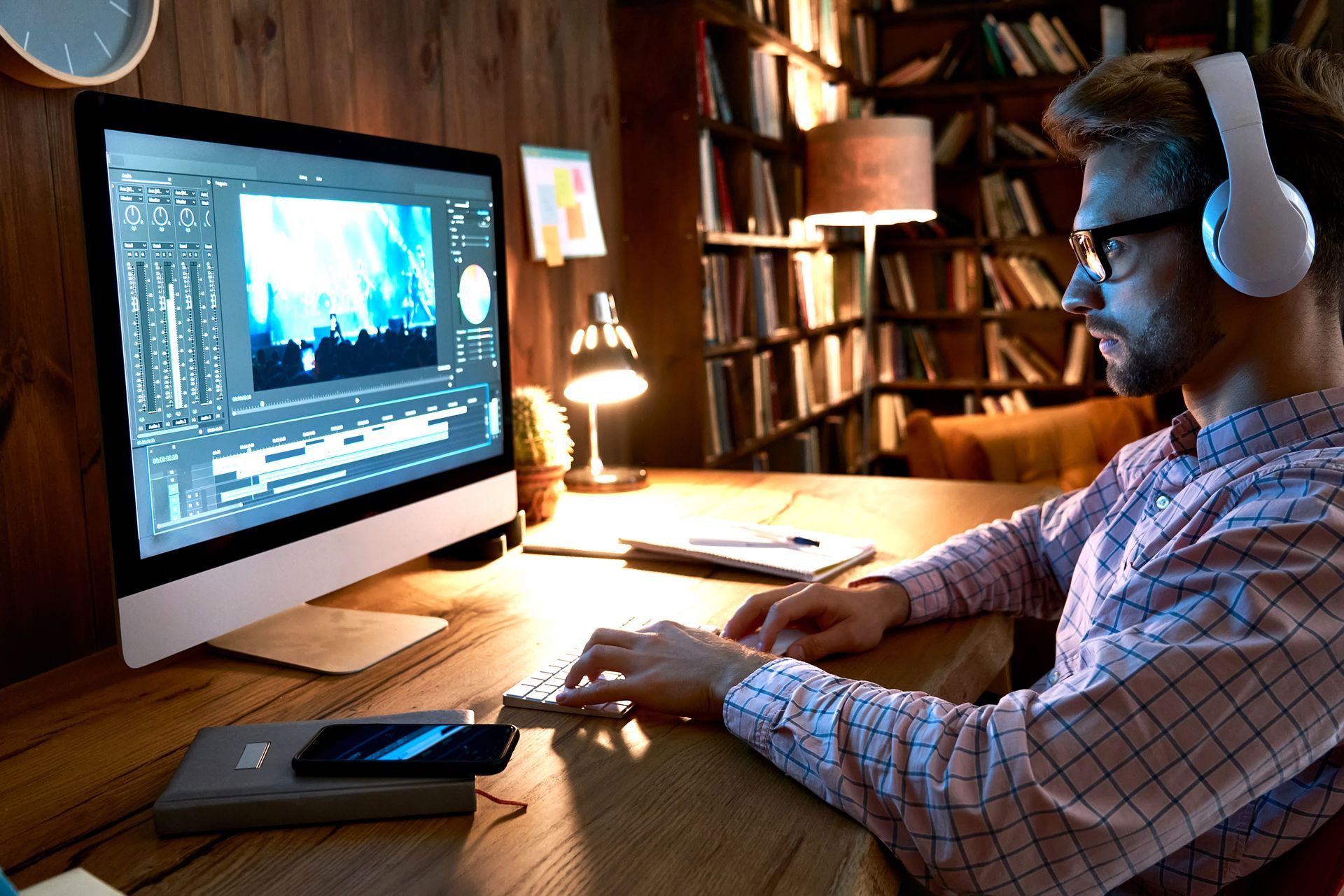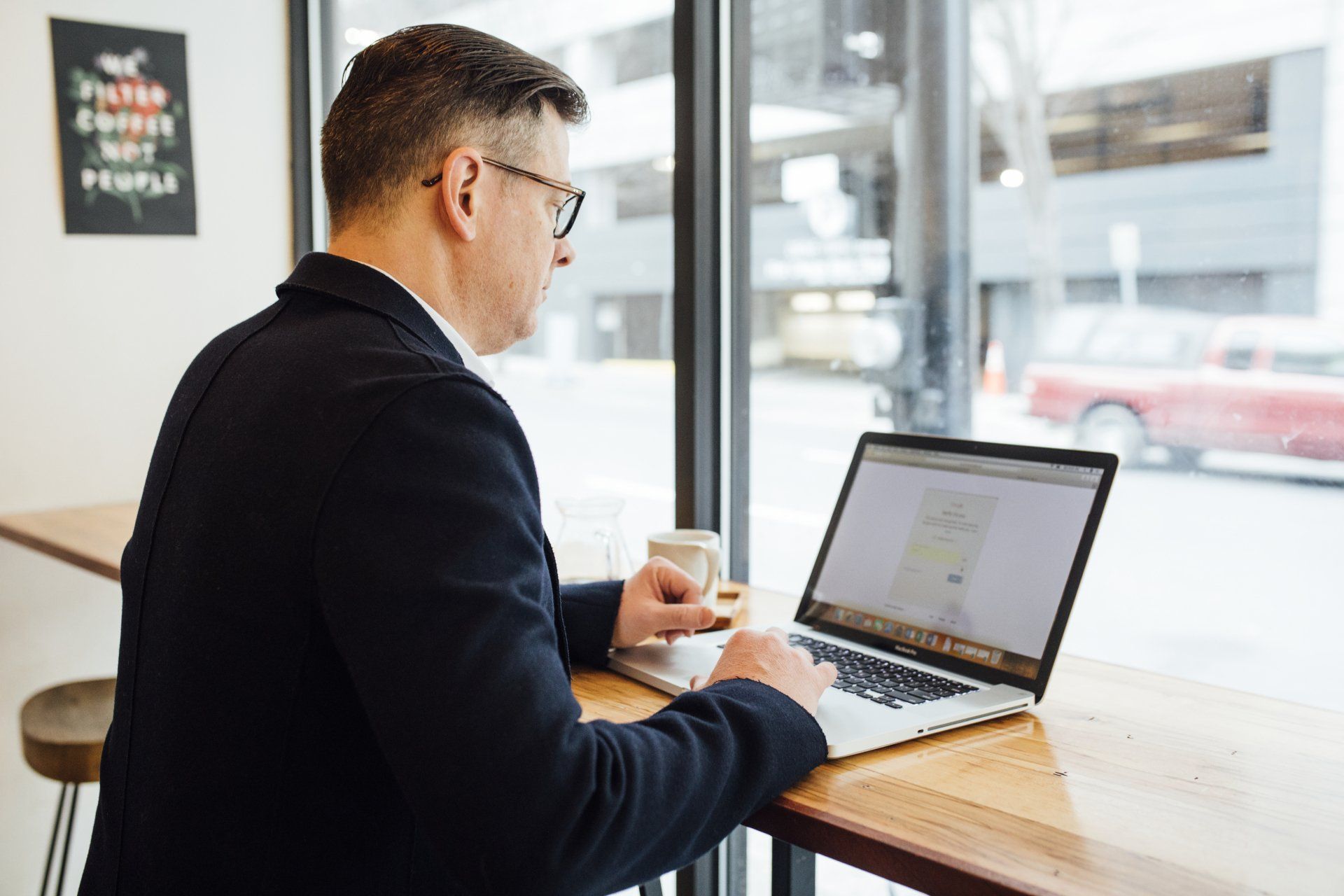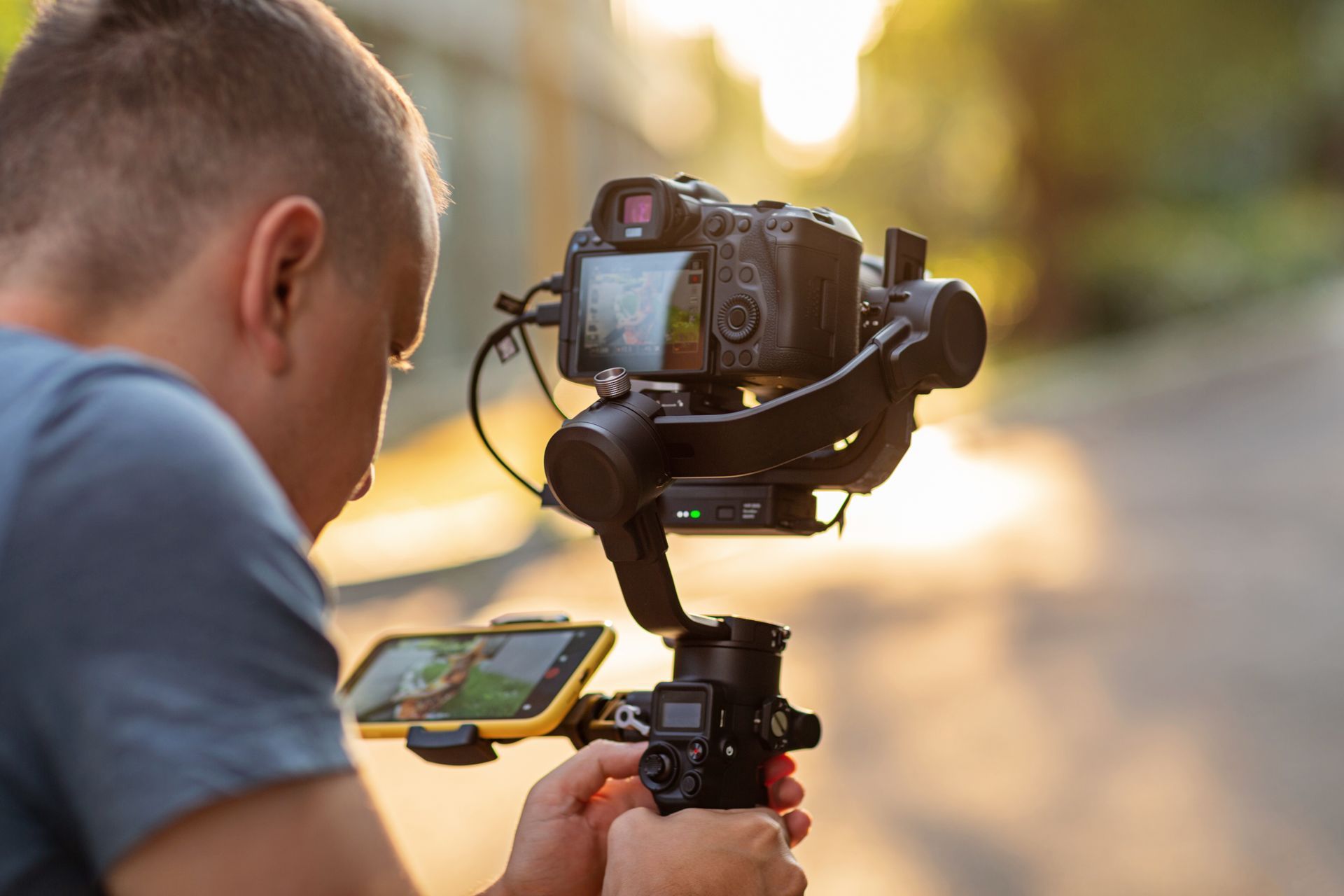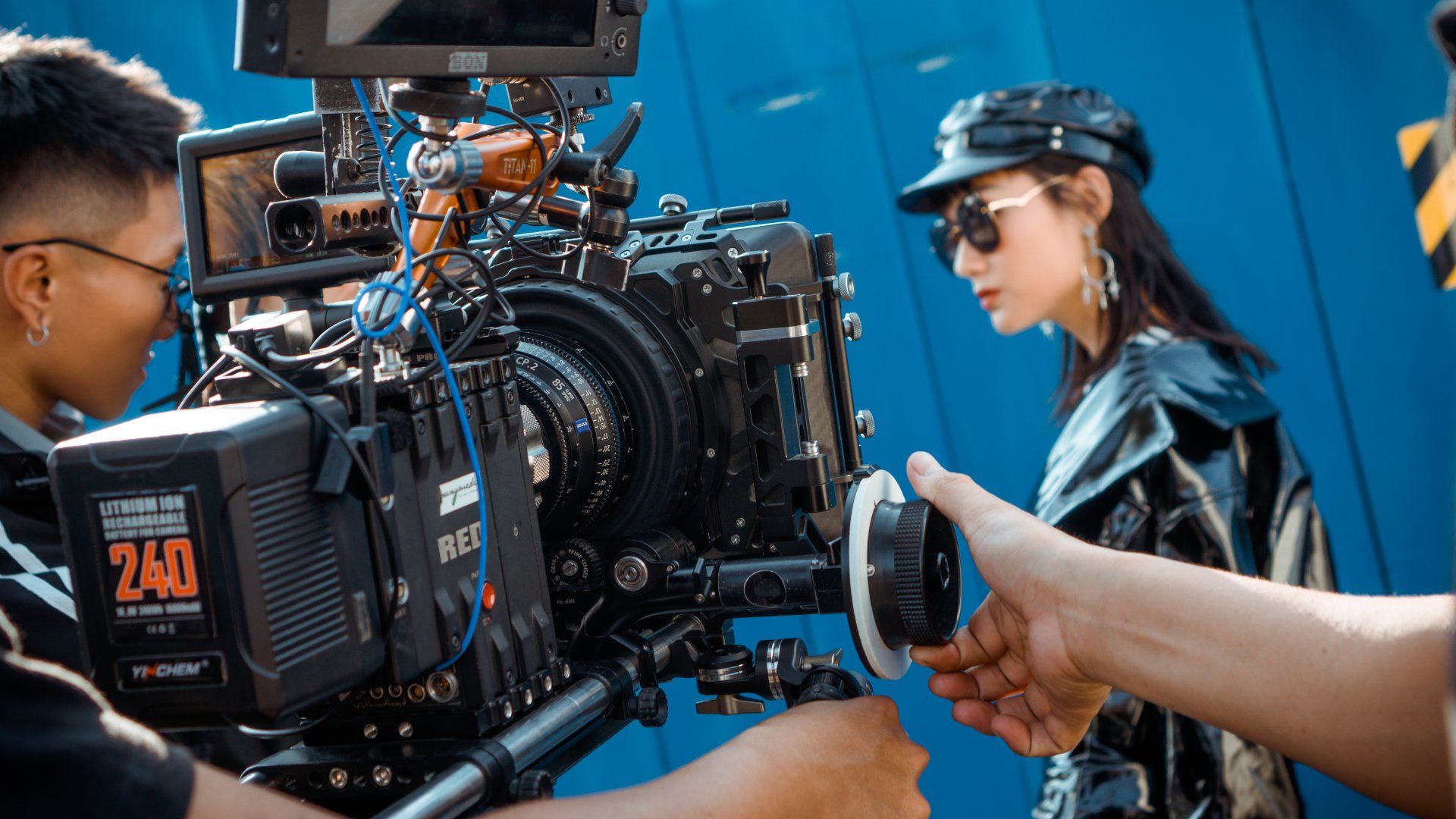
Crafting a film encompasses numerous elements to weave an enthralling narrative on the screen. Central to this process is the adept application of camera techniques, which are the instruments wielded by filmmakers to breathe life into their visions. These techniques are pivotal in narrating a tale, eliciting emotions, directing audience focus, and submerging them in the film's universe. This all-encompassing manual will scrutinize camera techniques, elucidating their nature, significance, and the art of leveraging them to forge cinematic marvels.
What are Camera Techniques?
Camera techniques encompass filmmakers' various methods and strategies to capture and convey their desired message.
Camera Shots
Filmmakers use various camera shots to paint a vivid picture. These shots include wide shots to establish a scene, medium shots for character interaction, and close-ups to emphasize emotions or details. Each image serves a specific purpose in the storytelling process.
Camera Angles
The camera's positioning angles wield significant power to reshape the viewer's outlook. A high-angle shot can render a character vulnerable, whereas a low-angle picture can exude dominance, profoundly influencing the audience's perception. Understanding the psychology behind these angles is critical to compelling storytelling.
Camera Movements
How the camera moves within a scene can be as influential as the script. Techniques like tracking shots, dolly shots, and steadicam movements can add dynamism and depth to the narrative.
Lighting
Lighting is the painter's palette in the world of filmmaking. It can set the mood, create depth, and draw attention to specific elements within the frame. Filmmakers use lighting techniques, such as three-point lighting, to achieve the desired ambiance.
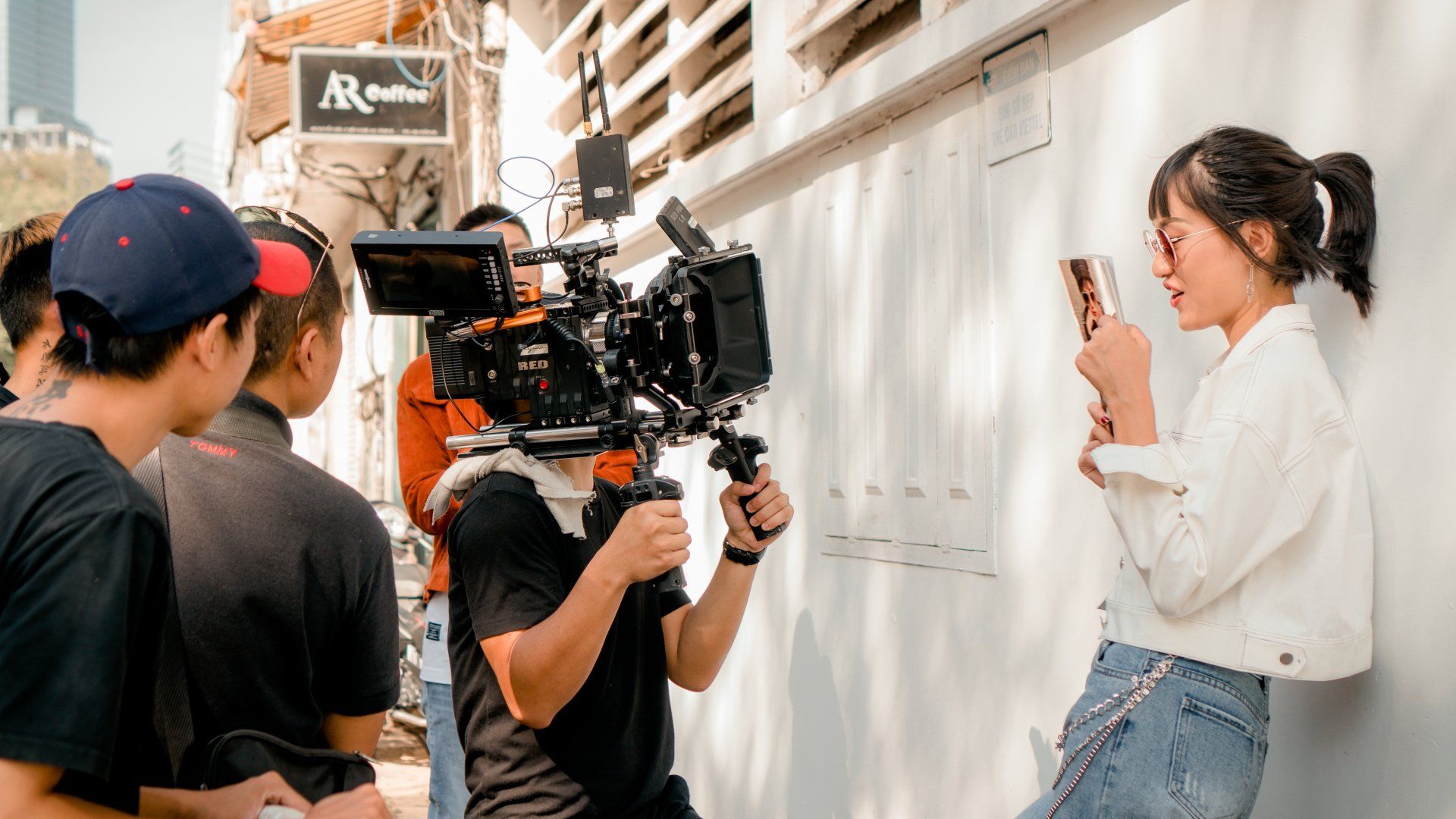
Why are Camera Techniques Important in Film?
Now that we understand camera techniques, let's explore their significance in film.
Storytelling
Camera techniques are the storyteller's voice. They are used to convey the narrative, allowing filmmakers to establish the setting, introduce characters, and highlight pivotal moments. The choice of camera techniques can make or break the storytelling experience.
Emotion Elicitation
Camera techniques possess a formidable capability to stir emotions in the audience. The sorrow can be portrayed through a close-up of a tearful eye, while a sweeping panoramic shot of a majestic landscape can instill a sense of awe. These techniques enable filmmakers to connect with the viewer profoundly and emotionally.
Guiding Attention
The use of camera techniques can direct the viewer's attention to specific elements within the frame. This can be crucial for emphasizing details essential to the plot or building anticipation.
Creating Atmosphere
Lighting and camera angles work hand in hand to establish the atmosphere of a scene. A dimly lit room with heavy shadows can make a sense of mystery, while a well-lit, open space can evoke warmth and comfort.
How to Use Camera Techniques to Create Cinematic Masterpieces
Camera Shots
Camera shots are like the words in a filmmaker's vocabulary. They allow you to convey specific meanings, emotions, and perspectives in your storytelling. Let's delve into the different types of camera shots and the effects they can achieve:
Extreme Long Shot (ELS)
An ELS captures an expansive view of a scene, often revealing the vastness of the environment.
Typically used to establish the setting, immerse the audience in a location, or create a sense of scale.
It is ideal for showcasing breathtaking landscapes, cityscapes, or epic battles.
Long Shot (LS)
An LS frames the entire person or object from head to toe, providing context to the surroundings.
They are frequently used to introduce a character, highlighting their presence in the world.
Perfect for showcasing a character's physicality within a specific environment.
Medium Shot (MS)
An MS captures a person from the waist up, emphasizing facial expressions and body language.
It is commonly used to portray a character's emotional reactions and interactions with others.
Effective for conveying nuanced moments and character dynamics.
Close-Up (CU)
A CU zooms in on a person's face or another object, revealing intricate details and emotions.
It is often used to evoke powerful emotions, emphasize specific details, or draw the audience's attention to a critical element.
A go-to choice for conveying intense emotions, such as fear, love, or anticipation.
Extreme Close-Up (ECU)
An ECU hones in on a tiny part of a person's face or object, providing intense detail.
Frequently employed to create suspense, intensify the focus on a critical element, or convey a specific, intricate detail.
It is ideal for heightening tension and emphasizing a scene's tiniest yet crucial aspects.
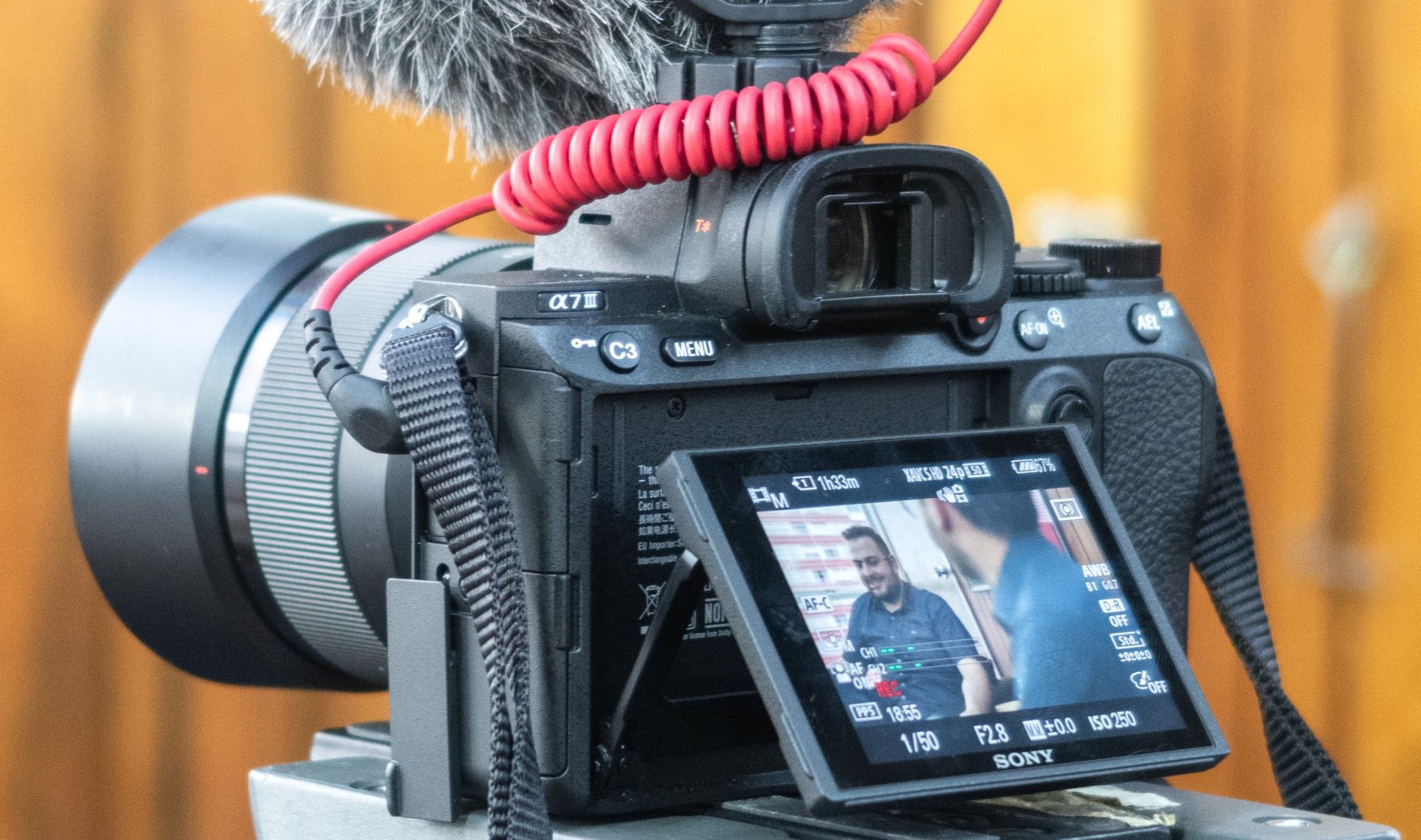
Choosing the Right Camera Shot for a Scene
Establish the Purpose
Consider the scene's purpose. Do you need to introduce a character, convey emotion, or emphasize a particular detail? Understanding the scene's objectives is the first step in choosing the right shot.
Emotional Impact
Assess the emotions you want to evoke in your audience. A close-up or extreme close-up may be the best choice to create empathy or suspense. For a grand, breathtaking moment, consider a powerful long shot.
Context
Think about the context within the story. Does the scene involve a significant location, interaction between characters, or a pivotal moment? The choice of shot should reflect the scene's context.
Creative Intent
Consider your creative intent. Are you aiming for a particular visual style or motif throughout your film? Consistency in shot selection can create a unique and memorable visual language.
Camera Angles
In filmmaking, camera angles are a director's brush strokes, painting emotion and meaning onto the canvas of a story. Every angle provides a distinctive viewpoint, subtly molding the viewer's interpretation of characters and scenes. This segment will delve into the art of employing camera angles and unravel how they can be harnessed to convey emotion and significance in cinema.
Different Types of Camera Angles and Their Effects
Camera angles are as varied as the emotions they can evoke. Let's examine several critical camera angles and the emotional and thematic effects they create:
Eye-Level Angle
An eye-level angle is a neutral perspective captured at the same height as the subject's eyes.
They are often used for a straightforward, balanced portrayal, making the viewer feel at ease and connected with the character.
Ideal for scenes where the audience should relate to the character's emotions and experiences.
High Angle
A high angle is shot from above the subject, looking down.
It can make the subject appear smaller, weaker, or more vulnerable.
They are frequently used to emphasize a character's helplessness humility, or to create a sense of foreboding.
Low Angle
A low angle is captured from below the subject, looking up.
It can make the subject appear more extensive, powerful, and imposing.
They often portray a character's dominant strength or create a sense of wonder or admiration.
Canted Angle
A canted angle tilts the camera to one side, creating a disorienting effect.
It can generate a sense of unease, chaos, or instability.
It is frequently used in scenes that call for tension and confusion or when the character's world turns upside down.
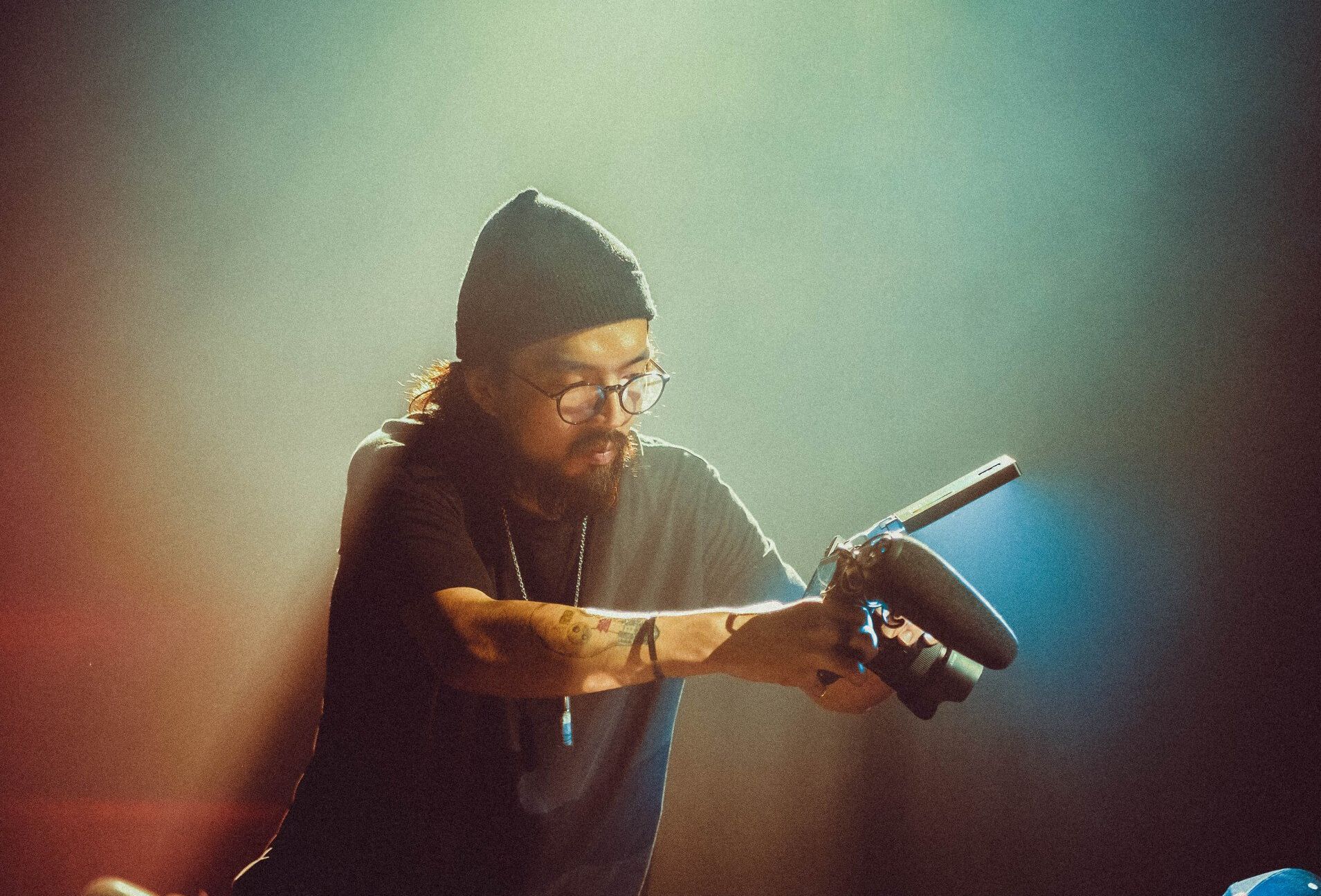
Using Camera Angles to Convey Emotion and Meaning
The choice of camera angle is a subtle yet powerful tool for filmmakers to communicate emotion and meaning. Here's how to harness the potential of camera angles:
Character Portrayal
Selecting an appropriate angle can define a character's role within the story. A high grade can make a character appear meek, while a low angle can bestow strength and authority.
Atmosphere and Mood
Consider the emotions and atmosphere you wish to create in a scene. A canted angle can introduce chaos and uncertainty, while an eye-level angle maintains stability.
Power Dynamics
Camera angles can emphasize power dynamics between characters. Utilizing a high grade for one character and a low angle for another can underscore dominance and submission.
Narrative Foreshadowing
Use camera angles to foreshadow events and create anticipation. A high-angle shot can signal impending danger, while a low-angle shot can hint at a character's heroic ascent.
Camera Movement
The magic of filmmaking lies in the ability to transport the audience into a world of visual storytelling. Camera movement is the vehicle that propels viewers through these worlds, creating a dynamic and exciting cinematic experience. In this section, we will explore the captivating world of camera movement, unveiling the types of movement and their impact on storytelling.
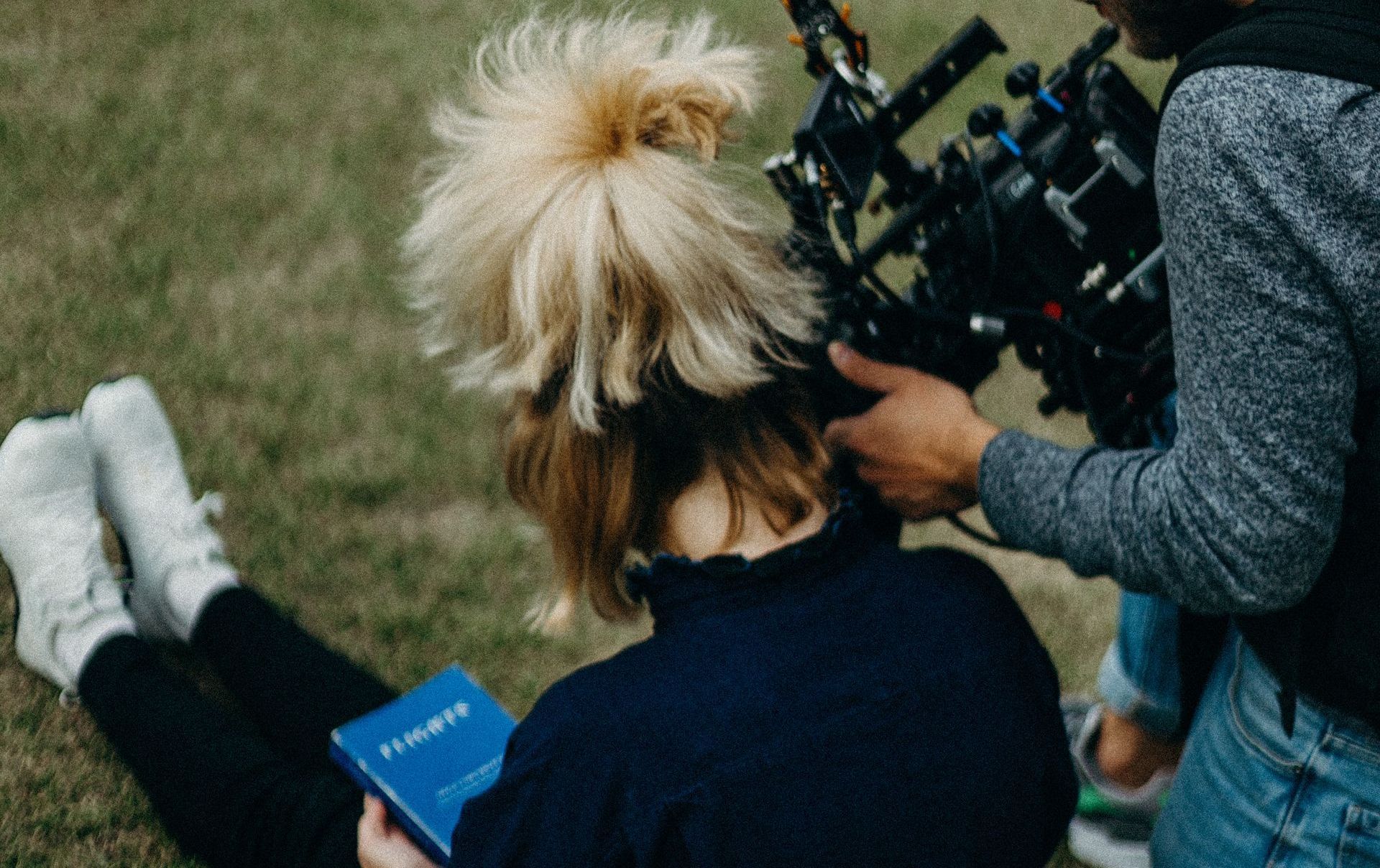
Different Types of Camera Movements and Their Effects
Camera movement adds dimension to a film, allowing it to breathe and evolve. Let's explore various camera movements and their unique effects:
Tilt
A tilt involves a vertical camera movement, typically up or down.
It often follows a subject as they ascend or descend, emphasizing their journey.
Ideal for conveying a character's inner struggles, achievements, or changes in perspective.
Dolly
A dolly movement propels the camera towards or away from the subject, introducing depth and focus.
They are frequently used to create a sense of spatial relationships and emphasize specific details or objects.
It is an effective tool for building suspense, revealing hidden elements, or showcasing character reactions.
Tracking
A tracking shot involves the camera following a subject's movement through the scene, keeping pace with their journey.
It adds dynamism and excitement, immersing the viewer in the action and emphasizing the character's experience.
It is often used in chase sequences, character introductions, or to establish a connection with a character's perspective.
Crane Shot
A crane shot takes camera movement to new heights, allowing for multi-directional motion by mounting the camera on a crane.
It offers many possibilities, enabling complex and dynamic camera movements.
They are frequently used to capture grand landscapes and breathtaking vistas or to achieve elaborate and cinematic shots.
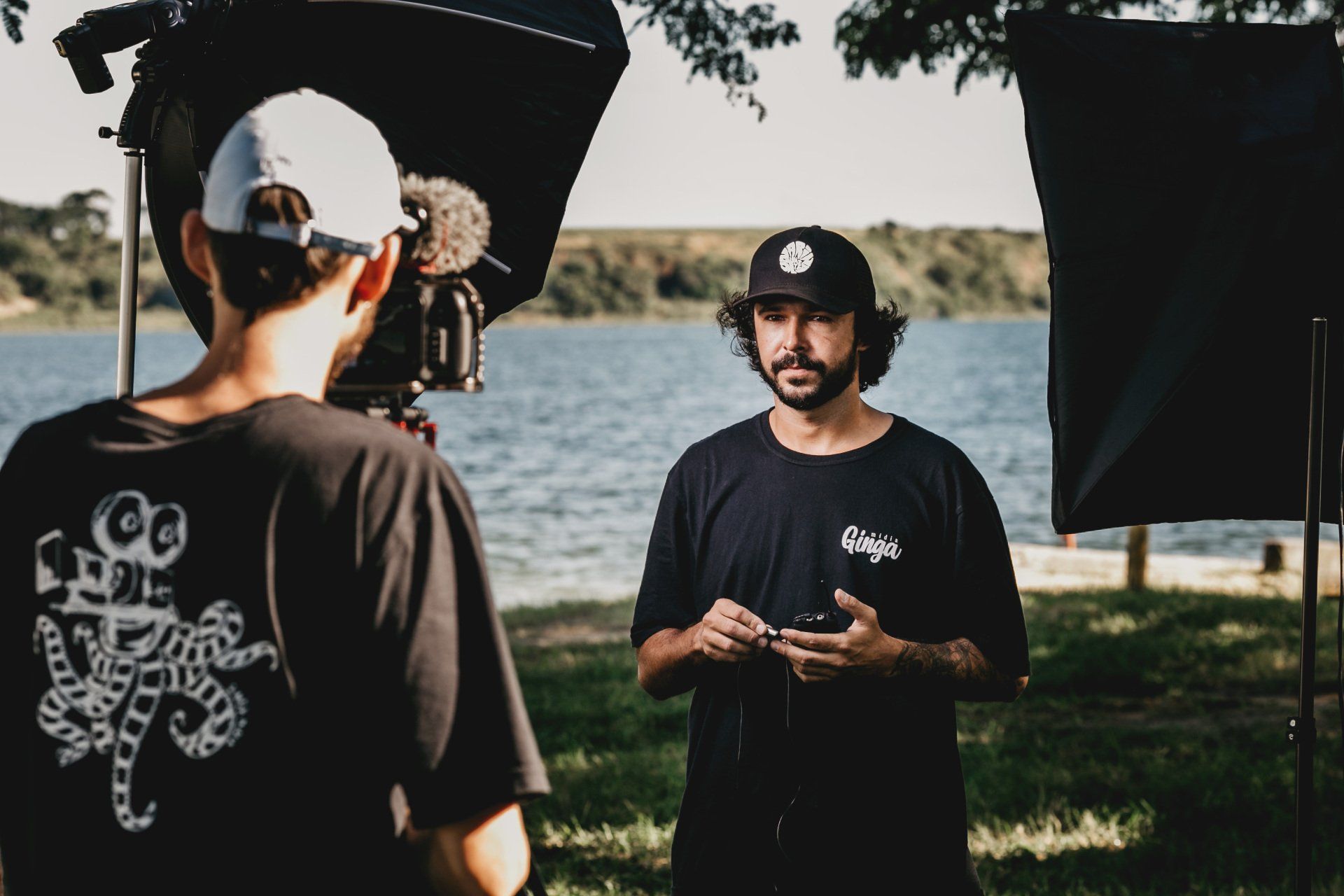
Using Camera Movement to Create Dynamism and Excitement
Camera movement is a director's tool for injecting life and energy into scenes. Here's how to use it effectively:
Narrative Flow
Determine how camera movement aligns with the narrative. A tracking shot can intensify the viewer's connection with a character's journey, especially during action sequences.
Emotional Impact
Camera movement can heighten emotional engagement. A dolly shot, for example, can slowly draw the viewer's attention to a pivotal detail, creating tension and anticipation.
Spatial Awareness
Utilize camera movement to convey spatial relationships and a character's sense of place. Dolly's movements can accentuate the character's discovery of their surroundings.
Visual Impact
Embrace the graphic possibilities. Crane shots are exceptional for capturing vast landscapes or providing a grand scene perspective, creating awe and wonder.
Focus
In filmmaking, focus is the conductor of visual attention and emotion, allowing directors to orchestrate the viewer's experience. This section will explore two essential aspects of focus - depth of field and zoom - unveiling their potential to shape moods and create impactful cinematic effects.
Depth of Field
Depth of field is a remarkable tool that manipulates focus to direct the viewer's gaze and convey specific atmospheres. Let's explore the two primary options:
Shallow Depth of Field
In a shallow depth of field, the foreground is sharply in focus while the background becomes an artful blur.
Frequently utilized for establishing intimacy, it positions the viewer in close emotional proximity to the subject. It is ideal for highlighting specific details, like a character's facial expression or a pivotal object, but it allows the rest of the scene to fade into the background.
Deep Focus
Deep focus keeps everything within the frame, from the foreground to the background, in clear and sharp focus.
It is a technique to establish realism, showcasing the relationship between various elements within the scene.
It is ideal for scenes where every aspect of the composition contributes to the storytelling, emphasizing spatial connections and contextual details.
Zoom
Zoom is a versatile lens technique that expands the filmmaker's creative repertoire. It allows changing the focal length without physically moving the camera. Here's how different zoom options can be harnessed to create various effects:
Zoom In
Zooming in intensifies the viewer's connection, creating a sense of intimacy with the subject.
Ideal for emphasizing nuanced details, character emotions, or crucial plot elements.
It invites the viewer to explore the intricacies of a moment.
Zoom Out
Zooming out opens the frame, evoking awe and revealing the grandeur of a scene.
They often set the stage for a location or establish a broader narrative perspective.
It captivates the audience by presenting a comprehensive visual landscape.
Dolly Zoom
A dolly zoom, often known as the "vertigo effect," combines zooming in or out with a simultaneous camera movement.
It is an artful technique that induces a sense of vertigo, disorientation, or heightened emotional tension.
They are typically used to create unforgettable moments of suspense and psychological drama.
Lighting
In cinematography, lighting serves as both the brushstroke and the palette, painting the canvas of a scene with emotion and meaning. This section delves into the transformative effects of lighting and color, exploring their role in setting the mood and guiding the viewer's emotional journey.
Different Types of Lighting and Their Effects
Lighting choices significantly influence the ambiance and emotional resonance of a scene. Let's uncover the essential lighting techniques:
High-Key Lighting
High-key lighting evenly bathes the scene in light, reducing shadows and creating a sense of brightness and cheer.
It often establishes a lighthearted or optimistic mood, perfect for comedies and cheerful moments.
Low-Key Lighting
Low-key lighting relies on dimly lit scenes with pronounced shadows, evoking mystery, suspense, and drama.
It is frequently used in film noir, thrillers, or any narrative that demands tension and a sense of the unknown.
Backlighting
Backlighting positions the light source behind the subject, creating a silhouette effect or adding depth to the scene.
It is a powerful tool for creating striking visual compositions and emphasizing the contours of characters or objects.
Side lighting
Sidelighting involves placing the light source to the subject's side, casting dramatic shadows, and highlighting features.
It enhances the depth of drama and can be used to accentuate a character's expressions.
Using Lighting to Set Moods and Atmospheres
Lighting choices are essential for filmmakers to create specific moods and atmospheres. Here's how to harness their potential:
Mood Enhancement
Consider the emotional landscape of your scene. High-key lighting can enhance happiness and positivity, while low-key lighting amplifies suspense and tension.
Visual Storytelling
Think of lighting as a storyteller's tool. Backlighting can suggest mystery and depth, while side lighting adds drama and character depth.
Character Development
Use lighting to highlight character attributes. For example, side lighting can accentuate a character's facial features, emphasizing their personality and emotions.
Scene Composition
Compose your scenes with lighting in mind. Backlighting can create a sense of contrast and depth, while high-key lighting provides a bright and cheerful backdrop.
Color
Color is another pivotal aspect of cinematography, enabling filmmakers to convey emotion and meaning through visual language. Here's a glimpse of the color wheel's impact:
Warm Colors
Hues in warm tones, encompassing red, orange, and yellow, evoke joy, excitement, and passion. It is particularly well-suited for scenes desiring a fiery and energetic ambiance, such as a romantic encounter or an intense confrontation.
Cool Colors
Cool tones, spanning from blue, green, and purple, elicit serenity, sadness, and tranquility. They are frequently deployed to craft serene, contemplative moments or to depict melancholic scenes imbued with a profound sense of depth.
Complementary Colors
Complementary colors, positioned opposite each other on the color wheel, generate contrast and visual interest when placed together.
They can accentuate character relationships, conflict, or themes within a scene.
Analogous Colors
Analogous colors, located next to each other on the color wheel, create harmony and unity when combined.
They work seamlessly in scenes where a sense of cohesion, balance, or a specific mood is desired.
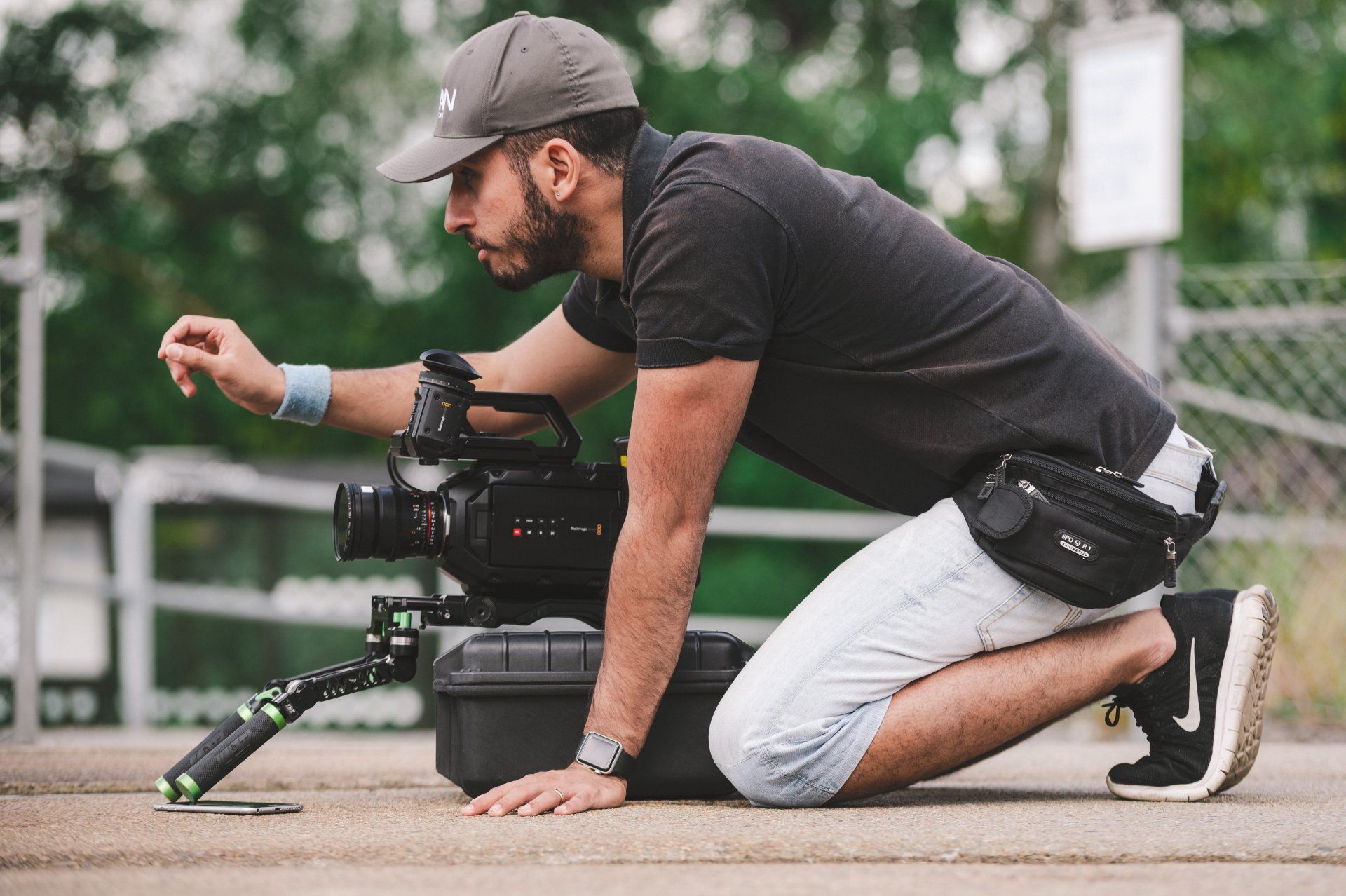
Harnessing Color to Convey Emotion and Meaning
Color is a potent tool for infusing scenes with emotion and meaning. Here's how to wield it effectively:
Emotional Resonance
Choose colors that resonate with the emotional tone of your scene—warm colors for passion and cool colors for tranquility.
Visual Composition
Employ complementary colors to create dynamic visual contrasts and analog colors to establish harmony.
Character Symbolism
Assign specific colors to characters or objects to convey their attributes, relationships, or symbolic significance.
Thematic Significance
Use color to reinforce the themes of your narrative. Consider the overall color palette to support your story's message.
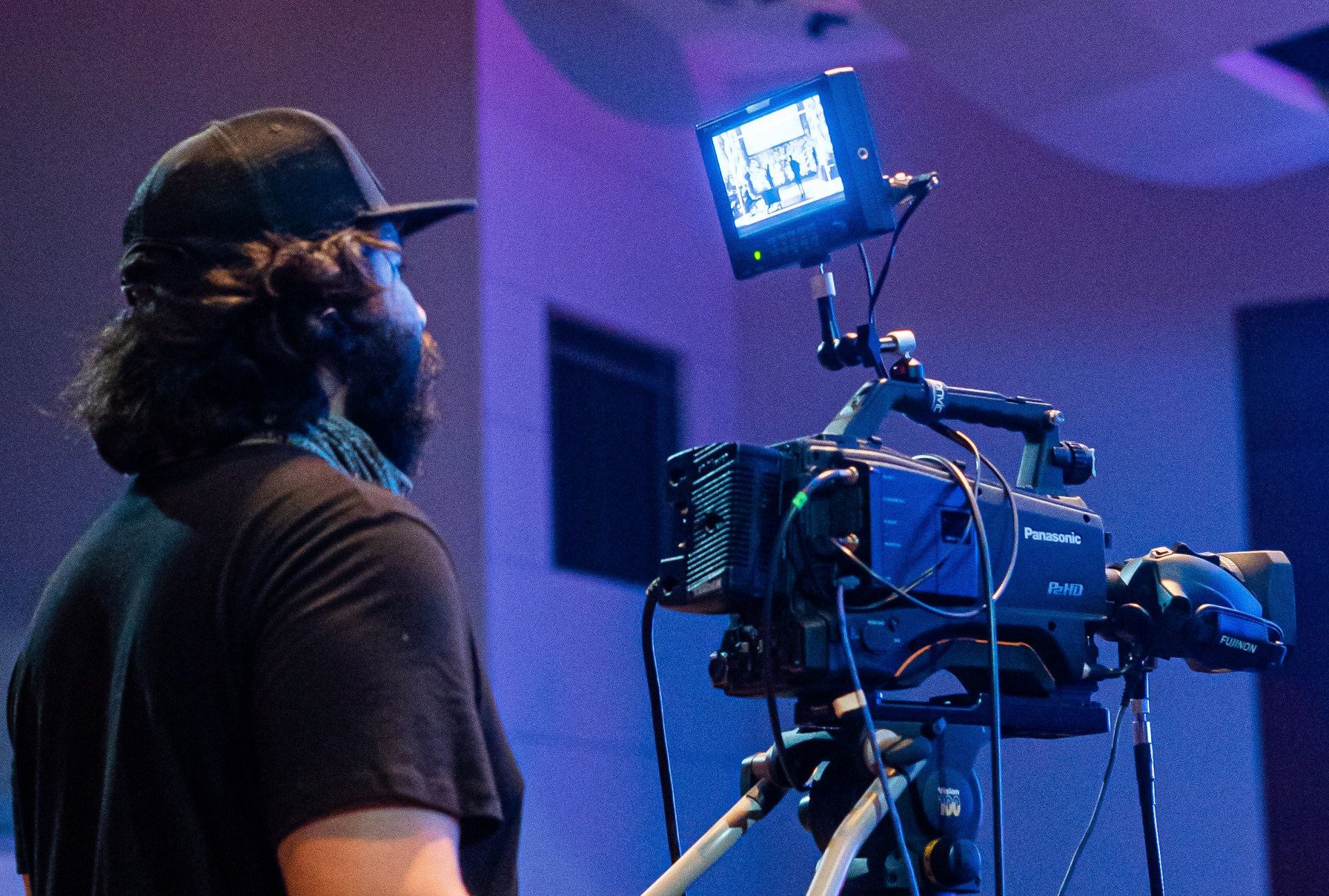
How to use camera techniques to create cinematic masterpieces
Tell a story
Use camera shots to reveal information. For example, you can use a wide image to establish the setting of a scene or a close-up to show the character's reaction to something.
Use camera angles to convey emotion and meaning. Consider a high grade to render a character small or vulnerable and a low angle to imbue them with power or menace. Employ camera movement for dynamism and excitement – a tracking shot, for instance, can trail a character through a scene. At the same time, a dolly shot zooms in on their face during a crucial line of dialogue, amplifying the impact.
Create emotion
Harness lighting to weave mood and atmosphere – warm, soft illumination fosters intimacy and comfort, whereas cold, harsh lighting instills suspense or danger. Leverage color to communicate emotion and significance – red signifies passion and anger, while blue evokes sadness and tranquility. Employ camera movement to instill unease or excitement – a handheld camera imparts immediacy and chaos, while a slow-motion shot fosters awe and wonder.
Guide the viewer's attention
Leverage focus to direct attention to the scene's focal subject or object; employ a shallow depth of field to blur the background and accentuate the foreground subject. Utilize composition to craft a visually harmonious image; adhere to the rule of thirds, situating critical elements at the intersections of the lines. Employ lighting strategically to accentuate vital features; employ a spotlight to illuminate a character's face or a pivotal object, directing focus.
Create a sense of place
Deploy wide shots to set the scene, such as showcasing a city skyline to indicate an urban setting. Utilize close-ups to capture setting details, like focusing on a character's feet traversing mud to signify a rural environment. Employ sound effects and music to establish atmosphere; consider the ominous sound of rain and thunder for foreboding or upbeat music to evoke a sense of joy.
Conclusion
Proficiency in-camera techniques is the linchpin for shaping compelling and emotionally impactful narratives. This exhaustive guide has delved into the foundational elements of camera techniques, serving as the cornerstones of cinematic storytelling. They empower filmmakers to construct narratives that leave a lasting impression on audiences. By persistently delving into these resources and honing your craft, you can elevate your skills, progressing towards mastery of film camera techniques.
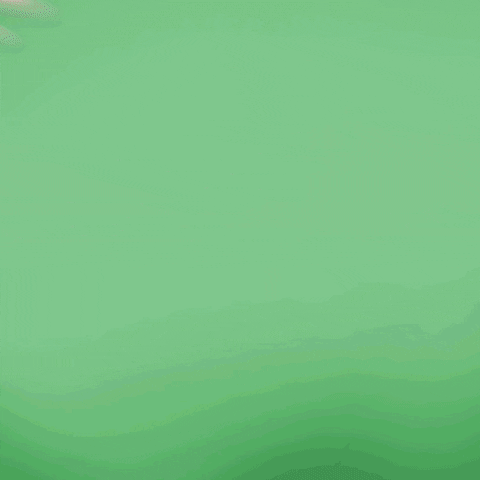
Get total clarity on your video marketing and paid media with our FREE comprehensive data audit.

